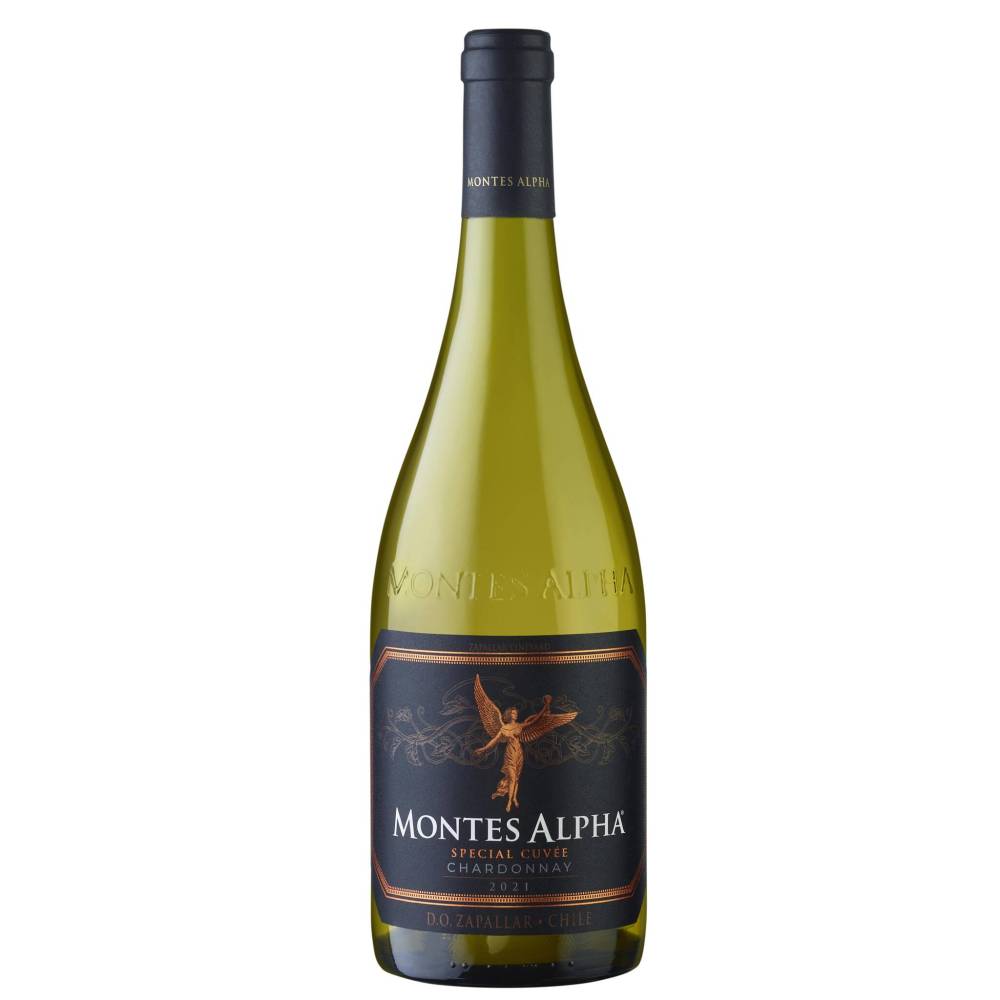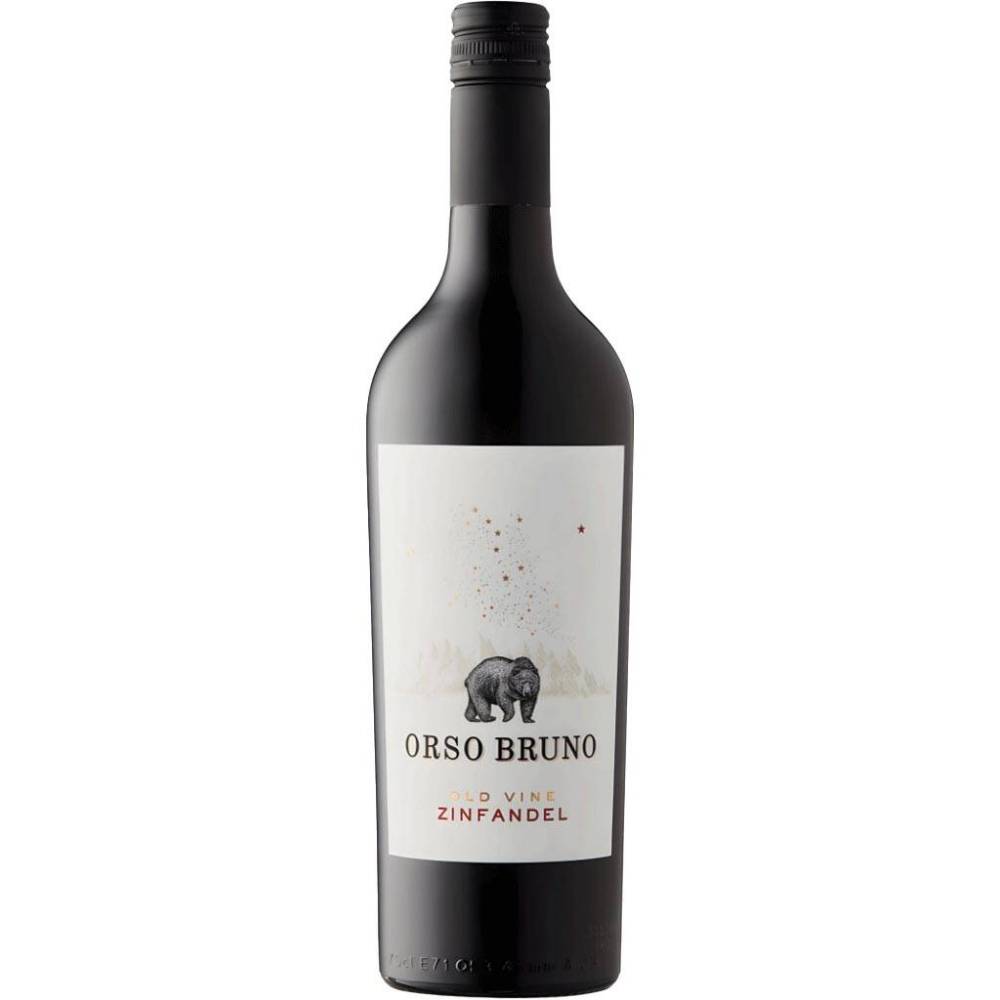Tariff-ying times call for alternative wine pairings
Some satisfying substitutions for popular American vinos
Advertisement
Read this article for free:
or
Already have an account? Log in here »
To continue reading, please subscribe:
Monthly Digital Subscription
$0 for the first 4 weeks*
- Enjoy unlimited reading on winnipegfreepress.com
- Read the E-Edition, our digital replica newspaper
- Access News Break, our award-winning app
- Play interactive puzzles
*No charge for 4 weeks then price increases to the regular rate of $19.00 plus GST every four weeks. Offer available to new and qualified returning subscribers only. Cancel any time.
Monthly Digital Subscription
$4.75/week*
- Enjoy unlimited reading on winnipegfreepress.com
- Read the E-Edition, our digital replica newspaper
- Access News Break, our award-winning app
- Play interactive puzzles
*Billed as $19 plus GST every four weeks. Cancel any time.
To continue reading, please subscribe:
Add Free Press access to your Brandon Sun subscription for only an additional
$1 for the first 4 weeks*
*Your next subscription payment will increase by $1.00 and you will be charged $16.99 plus GST for four weeks. After four weeks, your payment will increase to $23.99 plus GST every four weeks.
Read unlimited articles for free today:
or
Already have an account? Log in here »
Hey there, time traveller!
This article was published 08/03/2025 (248 days ago), so information in it may no longer be current.
Tarped-over products, empty shelves and, in some cases, business as usual: where you buy your booze will affect what your shopping experience looks when it comes to buying (or avoiding) American products.
During question period on March 6, Premier Wab Kinew noted that American alcohol wouldn’t be returning to Liquor Mart shelves anytime soon despite U.S. President Donald Trump’s flip-flopping and exemption of some Canadian and Mexican goods in the ever-changing tariff situation.
Private wine stores don’t fall under this ruling, and while some have pulled American wines from their shelves, others continue to sell the stuff.
Regardless, it’s easy to find substitutes from other countries for your favourite U.S. wines — including from Canada. For those wanting to buy Canadian but who have typically shied away from our own wines, I’ll have a primer for you in the coming weeks — for now, here’s how to enjoy the flavours of some of your favourite American wines without buying U.S. products.
Chardonnay
One of the most widely planted white wine grape varieties in the U.S., for better or worse, Chardonnay’s image has been re-shaped by American producers who, 30 to 35 years ago, began making the wine with a heavy oak presence, resulting in almost-sweet/overripe examples with a prominent oak presence.
Today most producers have moved away from massive oak and ripeness in favour of more balanced, eloquent Chardonnays. Look to Chile, Australia, South Africa and, yes, Canada for stellar examples.

● The Vina Montes 2021 Montes Alpha Special Cuvée Chardonnay (Aconcagua Valley, Chile — around $35, The Winehouse) comes from a Chilean winery located in Apalta in the Colchagua Valley; the grapes for this Chardonnay, however, come from the cooler Zapallar estate in Aconcagua, seven kilometres from the Pacific Ocean.
It’s pale gold in appearance, with lovely ripe green apple, peach, lemon curd and a subtle saline note coming with vanilla and spice on the nose. It’s dry and medium-bodied, with a portion of the wine having undergone malolactic fermentation, the conversion of malic acid to lactic acid, which gives a richer texture (most reds and some richer whites go through this process).
Flavour-wise, the delicious ripe green apple, peach and pineapple flavours are fleshed out by vanilla and spice from half the juice being aged in oak barrels for 12 months; it’s balanced by zippy lemon notes and acidity that keeps things fresh. It’s an elegant white that’s sure to please even the most anti-Chardonnay crowd. 4.5/5
White Zinfandel/fruity rosé
White Zinfandel was invented in the U.S. by Bob Trinchero of the Sutter Home winery in the mid-1970s. The pink wine, made from the red Zinfandel grape, quickly became wildly popular for its bright fruity notes and hint of sweetness, leading to copycats produced in many corners of the wine-producing world.
Similar-ish to white Zin (albeit usually with slightly less sweetness) would be rosé wines from Spain, southern France, Argentina and (again) Canada.

● The Gray Monk 2023 Latitude 50 Rosé (Okanagan Valley, B.C. — $16.99, Liquor Marts and beyond) is pale pink in colour and, according to the winery website, is a blend of red (Gamay Noir and Cabernet Franc) and white (Riesling and Pinot Gris) grapes.
Aromatically, it offers cherry and strawberry candy notes, as well as floral, peach and sweet orange notes. It’s light-bodied and off-dry, with the sweetness accentuating the red candy and peach flavours and modest acidity that offsets the sugar.
Fans of white Zinfandel and deeply fruity, slightly sweet pink wines will find plenty to like here. 3/5
Red Zinfandel
In addition to making sweet, simple pink wines from the Zinfandel grape, California producers have embraced making full-bodied, dry (but fruit-driven) reds from the variety.
Typically the wines bring dark and dried berry flavours with spice, lower tannin and some kick on the finish. Comparables from elsewhere would include Italian Primitivo (same grape, different name) or ripasso Valpolicella, Argentine Malbec or Spanish Garnacha/French Grenache (again, same grape, different name).
● With its simple, animal-adorned label and its use of the American name for the Primitivo grape, you’d be forgiven for mistaking the Orso Bruno 2022 Old Vine Zinfandel (Puglia, Italy — $13.99, Liquor Marts and beyond) for a California red.
It’s deep garnet in colour and delivers aromas of spice, blackberry, raisin and secondary vanilla and smoke.
On the mainly dry, medium-plus bodied palate the dark berry and raisin flavours are front and centre, with cherry and spice flavours coming before vanilla notes likely from barrel aging, modest tannin and the 13.5 per cent finish.
A very good value. 3/5
Juicy red blends
It’s a love-it-or-hate-it category, but there’s no denying the wildly popular style of red wine that originated in California — the ultra-ripe red blends with dark berry and cherry notes along with big chocolate and vanilla components. Witness the bestselling Apothic red (and its many offshoots), as well as the numerous copycat sweetish red blends with similarly sinister labels and names.
Most countries have some version of similar wines — look for red blends from Portugal, Chile, Australia and Canada, but really, a quick wander through any section of your favourite shop should find you within arm’s reach of juicy red blends. They’re everywhere.

● From Chile, for example, comes the Concha Y Toro 2022 Diablo Dark Red (Maule Valley, Chile — $19.99, Liquor Marts and beyond), delivered with a devilish red label (and in an incredibly heavy bottle). It’s deep ruby in appearance and aromatically brings baking spice, chocolate, vanilla, candied cherry and brambly blackberry notes.
On the palate it’s full-bodied and notably sweet, led by chocolate cake, plum, vanilla and maraschino cherry flavours, with soft tannins and, at 13.5 per cent alcohol, a medium-length finish.
It’s fruitcake in a glass — fans of Apothic and other such sweeter U.S. reds will find plenty to like in this blend (of unknown grapes — no technical info could be found online). If that’s you, enjoy. 2.5/5
Patrons’ palates pleased at post-play wine tasting
The Montes Alpha Chardonnay mentioned in today’s Uncorked was one of three wines Free Press Patrons enjoyed at a private event following the March 2 performance of A Killing at La Cucina at Prairie Theatre Exchange.
Patrons sipped on the trio of wines and enjoyed small bites from Sharecuterie while I talked through how to taste like a pro, explained how I got into the wine industry, shared stories from my viticultural travels and fielded questions about wine.

Becoming a Free Press Patron helps support local, independent journalism from a Canadian-owned organization — more important than ever these days. Patron perks include fun events such as the recent wine tasting, tours of the Free Press building and an upcoming trivia night April 8 at Trans Canada Brewing Co.
You can become a Patron from $150 a year; click here to learn more.
— Ben Sigurdson
uncorked@mts.net
@bensigurdson

Ben Sigurdson
Literary editor, drinks writer
Ben Sigurdson is the Free Press‘s literary editor and drinks writer. He graduated with a master of arts degree in English from the University of Manitoba in 2005, the same year he began writing Uncorked, the weekly Free Press drinks column. He joined the Free Press full time in 2013 as a copy editor before being appointed literary editor in 2014. Read more about Ben.
In addition to providing opinions and analysis on wine and drinks, Ben oversees a team of freelance book reviewers and produces content for the arts and life section, all of which is reviewed by the Free Press’s editing team before being posted online or published in print. It’s part of the Free Press‘s tradition, since 1872, of producing reliable independent journalism. Read more about Free Press’s history and mandate, and learn how our newsroom operates.
Our newsroom depends on a growing audience of readers to power our journalism. If you are not a paid reader, please consider becoming a subscriber.
Our newsroom depends on its audience of readers to power our journalism. Thank you for your support.
History
Updated on Saturday, March 8, 2025 10:42 AM CST: Rearranges photo, adds link, formats text






